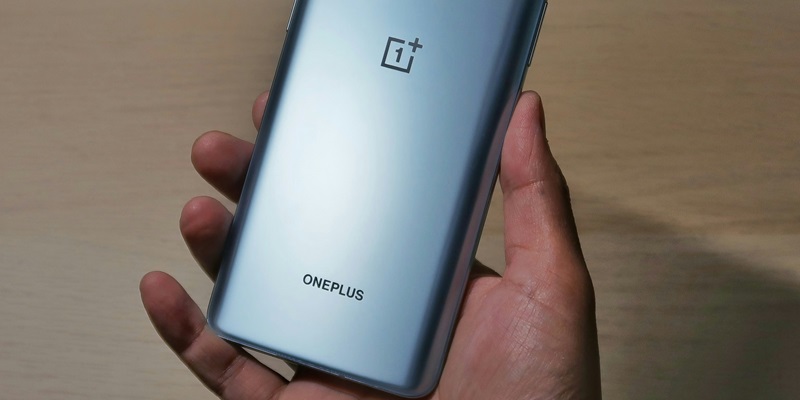When scoping out the latest additions to the smartphone market, ergonomics can often take a backseat to specs, but how a phone feels in hand is crucial. The OnePlus 10 Pro, a new offering from the renowned Chinese manufacturer, is designed to blend top-tier performance with comfort. This model emphasizes not just technical prowess but also how it feels to hold, aiming for a balance that makes extended use comfortable.
The device’s design is thoughtfully crafted with user experience in mind. Its contours and textures play a pivotal role, striving for a secure and pleasant grip that can withstand the test of hours of operation. OnePlus seems to understand that for a device to truly excel, it must offer more than just raw power; it must also be a joy to use. This review will give you an insight into the precise ergonomic enhancements of the OnePlus 10 Pro, dissecting its comfort level and how it performs when used for prolonged periods, ensuring that you can get a comprehensive view of what it’s like to make this phone a part of your daily life.
Design and Material Choices
The OnePlus 10 Pro boasts a design that catches the eye while keeping ergonomics in mind. The signature curved glass back melds into the aluminum frame, intending to align with the contour of your grip. While OnePlus has opted for a high-gloss finish, which imperatively elevates the visual appeal, it simultaneously escalates the risk of slippage. This highlights a common trade-off encountered in smartphone design, where aesthetics may inadvertently compromise practicality.
In response to the slippery nature of a polished surface, OnePlus offers a Matte-frosted variant of the 10 Pro. It’s a subtle yet effective touch that reduces fingerprints and enhances grip. A testament to their commitment to ergonomics is the use of durable Corning Gorilla Glass, which reinforces the structural integrity of the device. These decisions by OnePlus underscore the importance of materials not only for aesthetics and durability but also for how securely the phone can be held.
Handling and Usability
The OnePlus 10 Pro is a sizable device, crafted to accommodate a sizable 6.7-inch display. Although substantial in size, it does well to maintain a sense of balance, avoiding the top-heavy feel that can cause fatigue and discomfort with prolonged use. Users with larger hands will likely feel at home with the Pro model, as its form factor complements a broader grasp. However, for one-handed operation or for individuals with smaller hands, the phone’s dimensions can present a challenge.
Ergonomics is not an afterthought for OnePlus; it’s a deliberate aspect of their design philosophy. The OnePlus 10 Pro’s tapered edges and specifically designed chassis aim to reduce fatigue and slippage. Though one-handed operation might be a stretch for some users, which suggests that additional measures, like software solutions or further refined design tweaks, might benefit future iterations for a more universal fit.
Final Considerations
To wrap up, the OnePlus 10 Pro exemplifies the strides that smartphone manufacturers are making in combining top-tier features with user-focused design. While the glossy exterior may not be everyone’s preference in terms of handling, the option for a matte finish allows room for choice. OnePlus’s approach to weight distribution affirms that the device can be large yet comfortable to hold, a crucial consideration for today’s ever-growing phone sizes.
As for potential areas of improvement, OnePlus might want to explore new materials or coatings that excel in both good looks and a non-slip grip. Additionally, developing a build that takes into account a wider range of hand sizes could further enhance the device’s appeal. Nonetheless, the OnePlus 10 Pro presents itself as a robust, well-thought-out device where ergonomics play a key role in its design, exemplifying a conscientious effort to balance beauty, functionality, and comfort.

